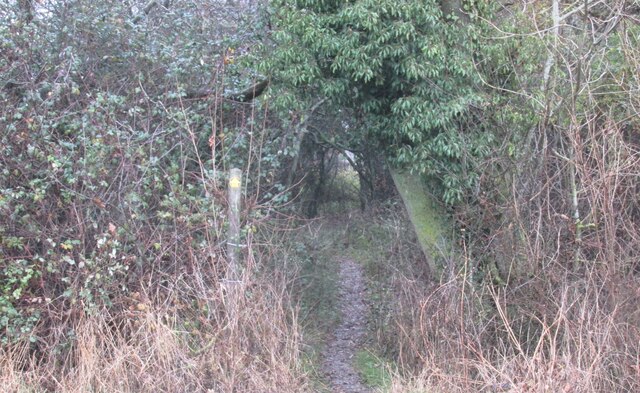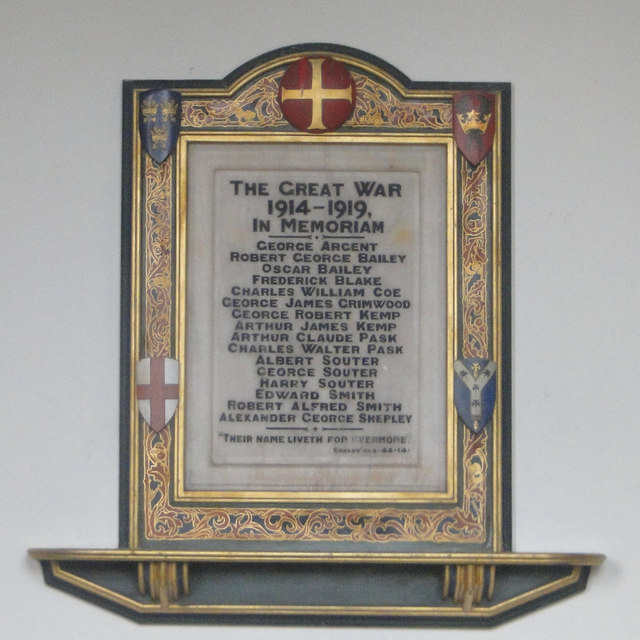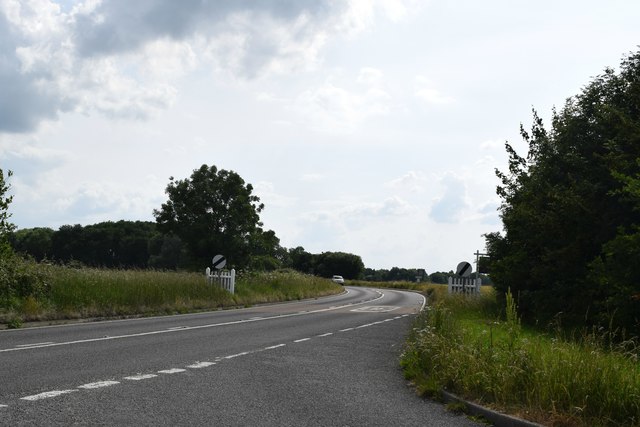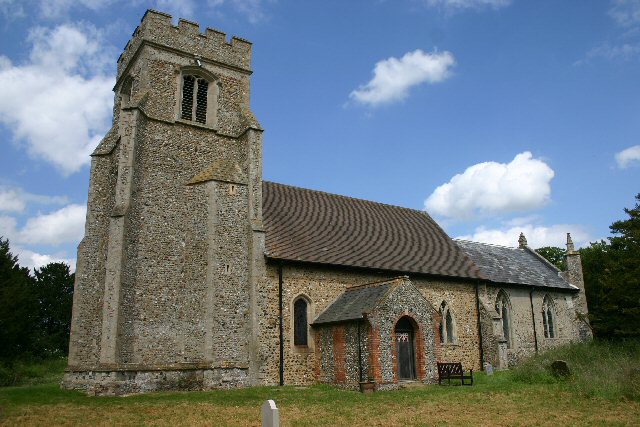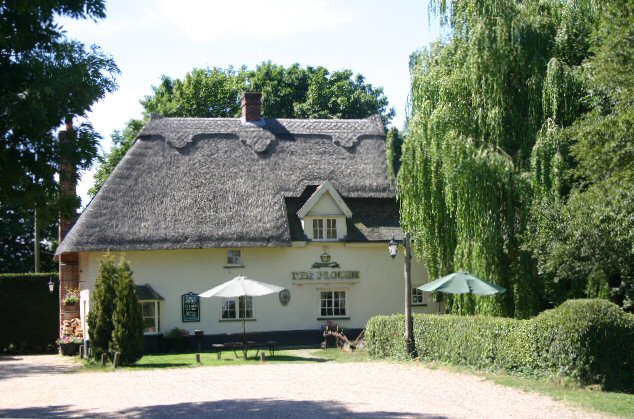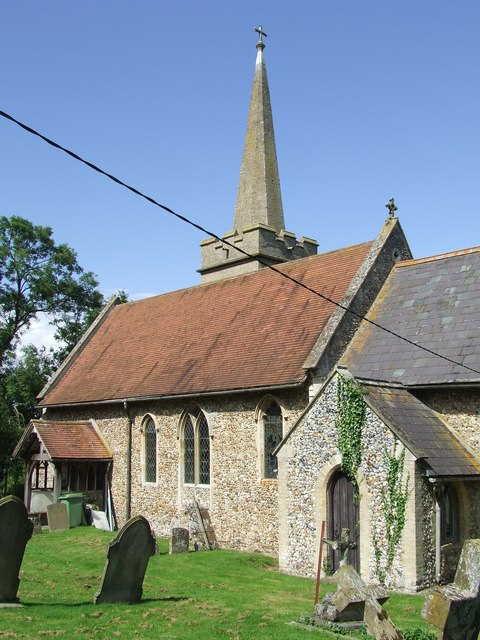Brush Wood
Wood, Forest in Suffolk West Suffolk
England
Brush Wood

Brush Wood is a picturesque forest located in the county of Suffolk, England. Covering an area of approximately 100 acres, it is known for its dense foliage and diverse range of plant and animal species. The forest is situated within the larger region of Suffolk, which is renowned for its natural beauty and rural landscapes.
Brush Wood is characterized by its abundant growth of deciduous and coniferous trees, including oak, beech, ash, and pine. The forest floor is covered in a thick layer of fallen leaves and moss, creating a rich and fertile environment for a variety of flora and fauna. It is home to numerous bird species, such as woodpeckers, owls, and songbirds, which can often be heard chirping and tweeting amidst the tranquil atmosphere.
The forest is a popular destination for nature lovers and outdoor enthusiasts, offering a range of activities including hiking, birdwatching, and photography. There are several well-maintained trails that wind through the woods, providing visitors with the opportunity to explore the different sections and discover hidden gems along the way.
In addition to its natural beauty, Brush Wood also holds historical significance. It is believed to have been a hunting ground for nobility during the medieval period, and remnants of ancient structures can still be found scattered throughout the forest.
Overall, Brush Wood is a captivating destination that offers a peaceful retreat from the bustling city life. Its lush greenery, diverse wildlife, and sense of tranquility make it a must-visit location for nature enthusiasts and those seeking solace in the heart of Suffolk.
If you have any feedback on the listing, please let us know in the comments section below.
Brush Wood Images
Images are sourced within 2km of 52.170064/0.61627333 or Grid Reference TL7955. Thanks to Geograph Open Source API. All images are credited.



Brush Wood is located at Grid Ref: TL7955 (Lat: 52.170064, Lng: 0.61627333)
Administrative County: Suffolk
District: West Suffolk
Police Authority: Suffolk
What 3 Words
///scribbled.cabs.showed. Near Glemsford, Suffolk
Nearby Locations
Related Wikis
Newmarket Ridge
The Newmarket Ridge or East Anglian Ridge is a ridge starting north-west of Hertford, Hertfordshire near the Chiltern Hills and ending near Sudbury, Suffolk...
Great Wood Hill
At 128 metres (420 ft), Great Wood Hill, near Chedburgh, is the highest point in the English county of Suffolk. It is the highest part of the Newmarket...
RAF Chedburgh
Royal Air Force Chedburgh or more simply RAF Chedburgh is a former Royal Air Force satellite station located near Bury St Edmunds, Suffolk, UK. The Bury...
Depden
Depden is a village and civil parish in the West Suffolk district of Suffolk in eastern England. Located on the A143 around five miles south-west of Bury...
Rede, Suffolk
Rede is a village and civil parish in the West Suffolk district of Suffolk in eastern England. Its location is situated South East of Chedburgh. In 1887...
Chedburgh
Chedburgh is a village and civil parish in the West Suffolk district of Suffolk in eastern England. Located on the A143 around five miles south-west of...
Gifford's Hall, Wickhambrook
Gifford's Hall is a manor house in the civil parish of Wickhambrook, in the West Suffolk district, in the county of Suffolk, England. It is Grade I listed...
Hay Wood, Whepstead
Hay Wood, Whepstead is a 10.4-hectare (26-acre) biological Site of Special Scientific Interest west of Whepstead in Suffolk.This ancient wood on poorly...
Nearby Amenities
Located within 500m of 52.170064,0.61627333Have you been to Brush Wood?
Leave your review of Brush Wood below (or comments, questions and feedback).
